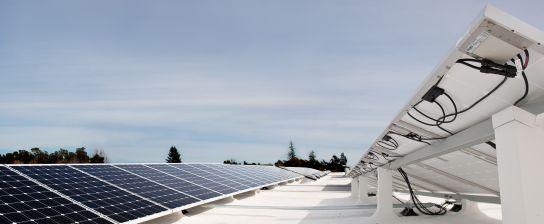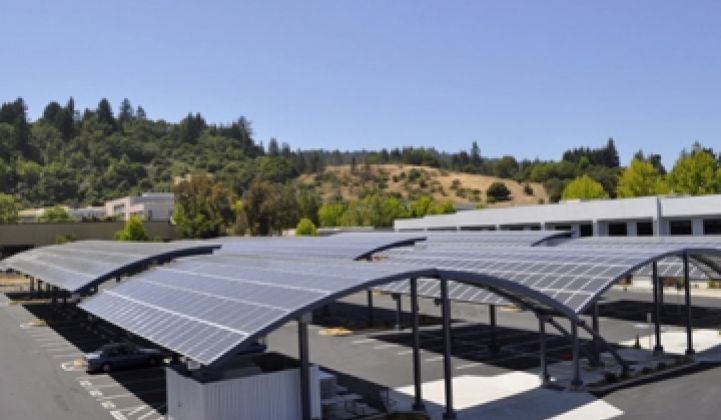The value proposition for distributed solar electronics was once in doubt.
But that doubt seems to have been quashed by the sheer success of panel optimizer firms like Tigo and SolarEdge, microinverters from leader Enphase along with Enecsys, and integrated AC module electronics from SolarBridge and ArrayPower, as well as eIQ's offering. This new market was further validated by the entrance of inverter incumbents SMA and Power-One into the space. All of the firms claim improved energy harvest and ease of installation from using their distributed architectures.
Big U.S. residential solar installers, solar leasing, and residential PPA companies have started to become comfortable with the new breed of distributed electronics, be they microinverters or DC-to-DC approaches.
In what is now officially a serious race, these firms must scale, partner, reduce cost, and optimize their sales channels. And they'll need cash to do that. Enphase will soon be looking to the public markets with an IPO under registration. SolarEdge recently closed a $37 million funding round and Tigo is the latest to announce a funding event.
Tigo, an Israel- and California-based panel optimizer firm, just revealed that it raised another $18 million led by new investor Bessemer Venture Partners, along with existing investors, in what the CEO said was an up round. That brings the firm's VC total to over $50 million.
Tigo claims that it provides "all the benefits of microinverters without placing expensive electronics underneath PV modules."
In an earlier interview, Tigo VP Jeff Krisa said that although one of the main advantages to Tigo's distributed Maximum Power Point Tracking solution is improved energy harvest in shaded conditions, the Tigo solution is being used in non-shaded conditions, as well. He said, "Installers see it as a differentiator -- they can brand the monitoring screen." Krisa said that about 10 percent of the firm's business is in deployments greater than 30 kilowatts, while it has installed 75 systems greater than 100 kilowatts, including a 650-kilowatt installation at the offices of Clif Bar. In Krisa's words, "Small commercial has definitely broken through." He added that Tigo has both a 1-megawatt and a 3-megawatt job in the works.
Krisa forecasts that by 2012, the incremental cost of adding distributed MPPT from Tigo to a system will be 5 to 10 cents per watt.
He adds that rather than trying to justify the use of these products to an installer or a bank, "Soon you'll have to justify to the bank, why not?"
Tigo has shipped "hundreds of thousands of units worldwide" according to Tigo's CEO Sam Arditi, in an email exchange. He added, "Tigo is completing projects for as little as $0.16 per watt," continuing, "Tigo is planning capacity for upside of up to 4 million units in 2012 because of explosive growth enabled by SmartModules." Tigo's announced customers include Hanwha SolarOne, UpSolar, and Trina Solar.
The market has accepted the technology and the value proposition of distributed solar PV electronics -- but in the long run, only a few startups will survive in this space over the coming years. What matters now is execution, scaling up while reducing cost, and cementing customer relationships.




